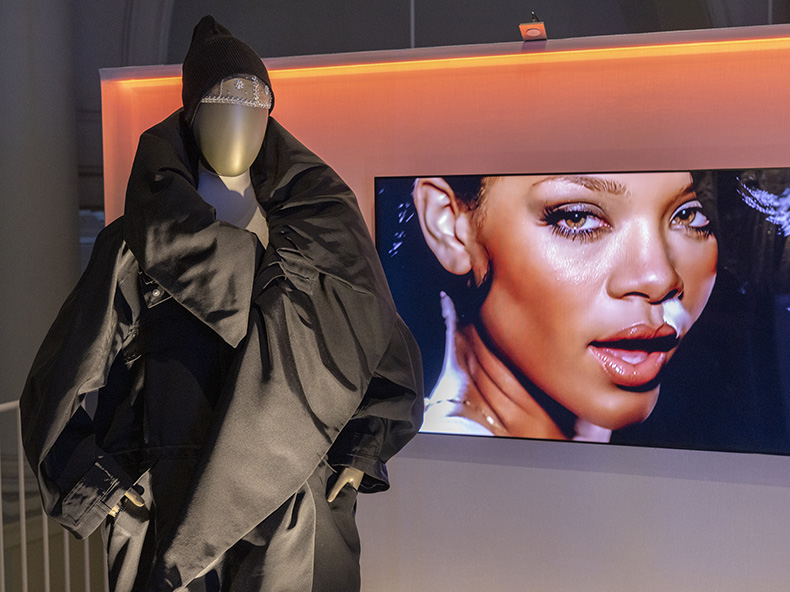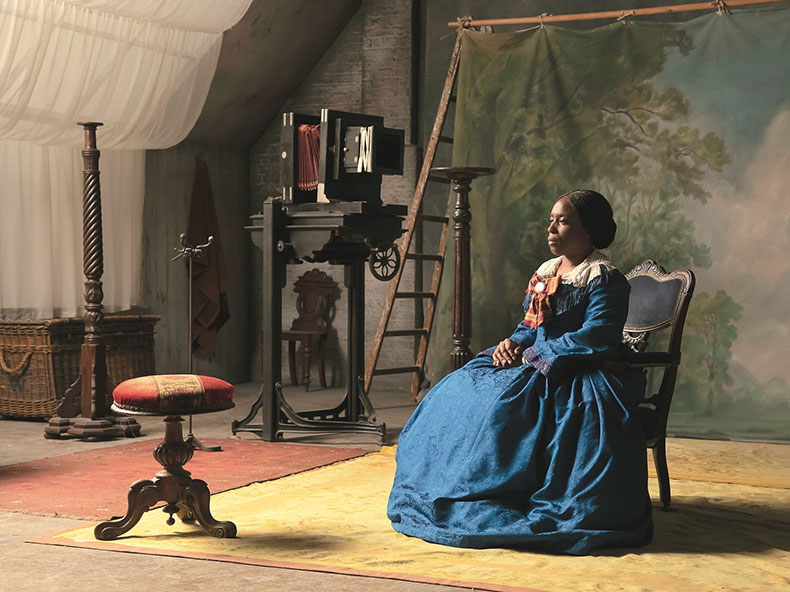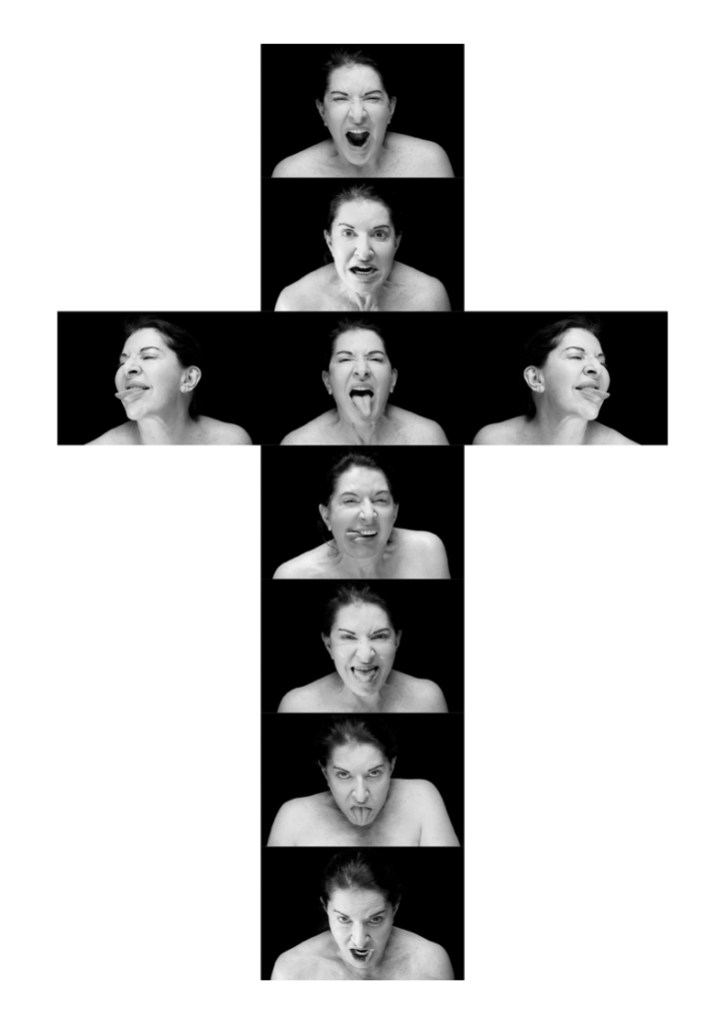Although many cultural spaces across the arts have been aware of the needs of neurodivergent people for some time and have worked hard to improve accessibility, World Autism Acceptance Week is as good a time as any to remind people that the vast majority of cultural venues were not designed with neurodivergent people in mind.
Part of my work focuses on helping cinemas such as the BFI and the Barbican develop their programme of ‘relaxed’ screenings, which give autistic people a comfortable environment in which to watch films. These also help to avoid incidents of people getting expelled from cinemas, as happened in 2018 when an autistic woman was ejected from the BFI for laughing during a screening of The Good, the Bad and the Ugly. Changes typically include reducing the volume of the film, keeping the lights on to allow audience members to move around freely and providing quiet spaces for people to retire to. Classical music venues such as the Royal Opera House have also introduced relaxed screenings – to varying degrees of success. Family performances are often grouped with autism-friendly events, which can be distressing for neurodivergent adults. Then there is the issue of reducing volume, which often proves complicated in practice when it comes to live music.

Installation view of ‘DIVA’ at the Victoria and Albert Museum in 2023. © Victoria and Albert Museum, London
But what about in museums and galleries? Video art installations in galleries strike me as ideal screening spaces for neurodivergent audiences, with ease of access in and out of the room, various seating and standing positions (often including benches and beanbags), low-level lighting and reduced sound. In 2023, Tate Britain hosted an exhibition of installations by Isaac Julien that included a central portal space, with screens informing visitors about each film on display and the time remaining on each screening. It seemed to me the perfect cinema, much like the pre-multiplex picturehouses of Britain where one could purchase a ticket and come and go as desired. Exhibitions in which different sound effects clash can be distressing for neurodivergent people; here, the rooms were clearly separated from each other, preventing sound from bleeding from one chamber into the next.

The Lady of the Lake (Lessons of the Hour) (2019), Isaac Julien. Courtesy the artist and Victoria Miro; © Isaac Julien
It’s a problem that the V&A avoided in its recent ‘DIVA’ exhibition, which offered visitors individual headphones with sensors that triggered different music clips to play as they moved through the displays. Offering visitors the opportunity to block out those around them can be a useful way of managing sensory overwhelm. The show also managed its lighting levels much better than, for example, the often garishly bright lights and white walls of the Tate Modern, which can be distressing for neurodivergent visitors.
Preparation is also important: some museums and galleries provide a pre-visit walkthrough notifying visitors of what to expect as they move through the venue, especially as to where quiet spaces are available. This was particularly noticeable at two recent exhibitions involving performance art: the Marina Abramovic retrospective at the Royal Academy in 2023 and ‘Yoko Ono: Music of the Mind’, currently at the Tate Modern, where screams, banging nails and naked humans seem to be waiting around every corner. It is important to make resources available to those who need them, while still maintaining the element of surprise for those who do not wish to have things ‘spoiled’ for them. It may be beneficial to have designated, reduced-capacity hours for neurodivergent visitors, especially where exhibitions are multi-sensory or immersive and therefore more likely to be triggering. The travelling exhibition ‘Dreamachine’ (2022), which used light and music to induce subconscious mental imagery, issued medical warnings and gave visitors information about how to get out of the space if it became too intense. By contrast, at the VR experience ‘Tonight with the Impressionists’ I visited at the Musée d’Orsay last weekend, it was much more difficult to make my access needs known and there were no warnings about the potentially distressing aspects of the Virtual Reality experience.

Four Crosses: The Evil (positive) (2019), Marina Abramovic. Courtesy the Marina Abramovic Archives; © the artist
Of course, there is no one-size-fits-all approach to neurodiverse access. Some people may find loud noises or bright lights particularly distressing; some may be comfortable with certain modes of immersion but not others. Different shows demand different approaches. In large gallery spaces it is much more difficult to accommodate individual access requirements than in more intimate artistic spaces. But as the way we display and engage with art is being constantly reevaluated, neurodiversity often goes under the radar. The needs of autistic people should be considered when thinking about how we engage with art.
Lillian Crawford writes about neurodiversity in culture and curates relaxed events for neurodivergent audiences at venues including the BFI and the Barbican.

Museums should do more to cater for autistic people
The ‘DIVA’ exhibition at the V&A in 2023 offered visitors headphone sets to play accompanying clip of music and kept its lighting levels dimmed. Photo: © Victoria and Albert Museum, London
Share
Although many cultural spaces across the arts have been aware of the needs of neurodivergent people for some time and have worked hard to improve accessibility, World Autism Acceptance Week is as good a time as any to remind people that the vast majority of cultural venues were not designed with neurodivergent people in mind.
Part of my work focuses on helping cinemas such as the BFI and the Barbican develop their programme of ‘relaxed’ screenings, which give autistic people a comfortable environment in which to watch films. These also help to avoid incidents of people getting expelled from cinemas, as happened in 2018 when an autistic woman was ejected from the BFI for laughing during a screening of The Good, the Bad and the Ugly. Changes typically include reducing the volume of the film, keeping the lights on to allow audience members to move around freely and providing quiet spaces for people to retire to. Classical music venues such as the Royal Opera House have also introduced relaxed screenings – to varying degrees of success. Family performances are often grouped with autism-friendly events, which can be distressing for neurodivergent adults. Then there is the issue of reducing volume, which often proves complicated in practice when it comes to live music.
Installation view of ‘DIVA’ at the Victoria and Albert Museum in 2023. © Victoria and Albert Museum, London
But what about in museums and galleries? Video art installations in galleries strike me as ideal screening spaces for neurodivergent audiences, with ease of access in and out of the room, various seating and standing positions (often including benches and beanbags), low-level lighting and reduced sound. In 2023, Tate Britain hosted an exhibition of installations by Isaac Julien that included a central portal space, with screens informing visitors about each film on display and the time remaining on each screening. It seemed to me the perfect cinema, much like the pre-multiplex picturehouses of Britain where one could purchase a ticket and come and go as desired. Exhibitions in which different sound effects clash can be distressing for neurodivergent people; here, the rooms were clearly separated from each other, preventing sound from bleeding from one chamber into the next.
The Lady of the Lake (Lessons of the Hour) (2019), Isaac Julien. Courtesy the artist and Victoria Miro; © Isaac Julien
It’s a problem that the V&A avoided in its recent ‘DIVA’ exhibition, which offered visitors individual headphones with sensors that triggered different music clips to play as they moved through the displays. Offering visitors the opportunity to block out those around them can be a useful way of managing sensory overwhelm. The show also managed its lighting levels much better than, for example, the often garishly bright lights and white walls of the Tate Modern, which can be distressing for neurodivergent visitors.
Preparation is also important: some museums and galleries provide a pre-visit walkthrough notifying visitors of what to expect as they move through the venue, especially as to where quiet spaces are available. This was particularly noticeable at two recent exhibitions involving performance art: the Marina Abramovic retrospective at the Royal Academy in 2023 and ‘Yoko Ono: Music of the Mind’, currently at the Tate Modern, where screams, banging nails and naked humans seem to be waiting around every corner. It is important to make resources available to those who need them, while still maintaining the element of surprise for those who do not wish to have things ‘spoiled’ for them. It may be beneficial to have designated, reduced-capacity hours for neurodivergent visitors, especially where exhibitions are multi-sensory or immersive and therefore more likely to be triggering. The travelling exhibition ‘Dreamachine’ (2022), which used light and music to induce subconscious mental imagery, issued medical warnings and gave visitors information about how to get out of the space if it became too intense. By contrast, at the VR experience ‘Tonight with the Impressionists’ I visited at the Musée d’Orsay last weekend, it was much more difficult to make my access needs known and there were no warnings about the potentially distressing aspects of the Virtual Reality experience.
Four Crosses: The Evil (positive) (2019), Marina Abramovic. Courtesy the Marina Abramovic Archives; © the artist
Of course, there is no one-size-fits-all approach to neurodiverse access. Some people may find loud noises or bright lights particularly distressing; some may be comfortable with certain modes of immersion but not others. Different shows demand different approaches. In large gallery spaces it is much more difficult to accommodate individual access requirements than in more intimate artistic spaces. But as the way we display and engage with art is being constantly reevaluated, neurodiversity often goes under the radar. The needs of autistic people should be considered when thinking about how we engage with art.
Lillian Crawford writes about neurodiversity in culture and curates relaxed events for neurodivergent audiences at venues including the BFI and the Barbican.
Unlimited access from just $16 every 3 months
Subscribe to get unlimited and exclusive access to the top art stories, interviews and exhibition reviews.
Share
Recommended for you
Do museums and galleries do enough for disabled visitors?
Richard Sandell and Chris Ingram discuss why museums still have a long way to go before they can claim to offer a fully accessible experience
The radical experiments of Yoko Ono
The artist’s vast body of work is full of daring conceits and tantalising contradictions
Who’s afraid of immersive art?
Do digital techniques to enliven familiar paintings help or hinder our understanding of the art at hand?